“The simpler you say it, the more eloquent it is.” —August Wilson
As mentioned in Career Tip #1 – Managing Your Personal Brand, a typical recruiter will look at upwards of 500 resumes per day. Due to time constraints, your resume will be scanned for approximately 20-30 seconds before a hiring manager actually decides to read it. Your resume needs to be well written, but most importantly, it needs to be well organized and attractive to the reader. If your resume doesn’t grab the attention of a hiring manager within the first 30 seconds of scanning, you can bet it is going to end up in the trash (or virtual recycle bin) before anyone actually reads it. Here are a few tips to increase your chances of getting recognized and progressing to the interview stage:
INCLUDE A SUMMARY RATHER THAN AN OBJECTIVE
The intent of a summary is to tell the audience who you are and what you can do for them. Focus on your skill set and what you have to offer a potential employer. Summarize this information into a succinct paragraph near the top of your resume under the heading “Summary”. Provide a high-level interpretation of what you bring to the table. For example: “I am a senior application architect with 15 years experience from various fortune 500 companies”. Avoid using objectives such as “seeking experience in XX industry”. Instead, focus on the experience you have in a similar role to what is being described in the job description. Describe yourself as a solution to a company’s hiring challenge and think about what they have to gain from hiring you. Whereas, an objective tells a potential employer what you are looking for, a summary shows what you have to offer and will more effectively represent who you are.
BE SPECIFIC
Your resume provides an opportunity to introduce yourself to a hiring manager who doesn’t already know who you are. You are going to need to be specific about your skill set. For example: in a summary, include the number of years of experience you have rather than just saying “experienced” or “skilled”. Words like these are subjective. If you are in a management position, include budgets, number of employees managed and any other quantifiable data in describing your role. If you are a software developer, include languages and methodologies you have worked with such as “Java developer with 10 years experience”. More often than not, job descriptions include the number of years of experience, programming languages required, etc. Your resume needs to be just as specific to show you possess the precise skill set the organization is looking for.
CONSIDER THE LENGTH
Many of us have been told that one-to-two pages is the ideal resume length, but this is not always the case. While your resume can be too short and leave information out, it can also be too long, which can be equally as problematic. That being said, don’t leave out important information just to cut your resume down to one page. If you go a little over or a little under the ideal length, most potential employers won’t mind. Just make sure that you’re including only the most necessary information such as a summary, skills, experience and education. You can always find ways to re-word your paragraphs to be shorter and more to the point if your resume is a tad too long. If your resume is getting to be more than four pages in length, consider removing jobs you’ve had prior to the last ten years. Remember: if you end up leaving important information out just to cut your resume down to one page, it could make the difference between getting an interview or not.
HIGHLIGHT YOUR ACCOMPLISHMENTS – NOT YOUR DUTIES
A very common resume mistake is to provide a job description and list responsibilities rather than highlighting your accomplishments. Focus on what you have done, not what you were responsible for in your previous (or current) role. Use action verbs to describe your accomplishments such as “designed”, “implemented” and “managed” rather than “responsible for”. Go one step further and quantify your accomplishments with data such as percentages. For example: “grew Facebook followers by 200% in two years”. Highlight what YOU did specifically, not your team. Make sure to describe your role and company in a short paragraph before highlighting your accomplishments.
KEEP IT SIMPLE
Your resume needs to be visually appealing to attract the reader. Don’t clutter your resume with unnecessary information such as pictures of yourself (unless this is specific to your industry), marital status, etc. Use a logical format that includes headings to separate sections and fonts that are easy to read and commonly used such as Calibri or Times New Roman. Use bold and italicized fonts for headings and bullets for important points such as accomplishments. Don’t use special fonts and formatting unnecessarily and make sure that you are consistent in how you use it.
THE BOTTOM LINE
Decision makers and hiring managers must scan high volumes of resumes before choosing who to contact for an interview. When hundreds of resumes are submitted per job opportunity and only 20% of those applicants make it through to the interview stage, a well written resume is imperative. A lack of skill set will certainly disqualify you from the competition, but so will a desirable skill set that is poorly articulated on your resume.


